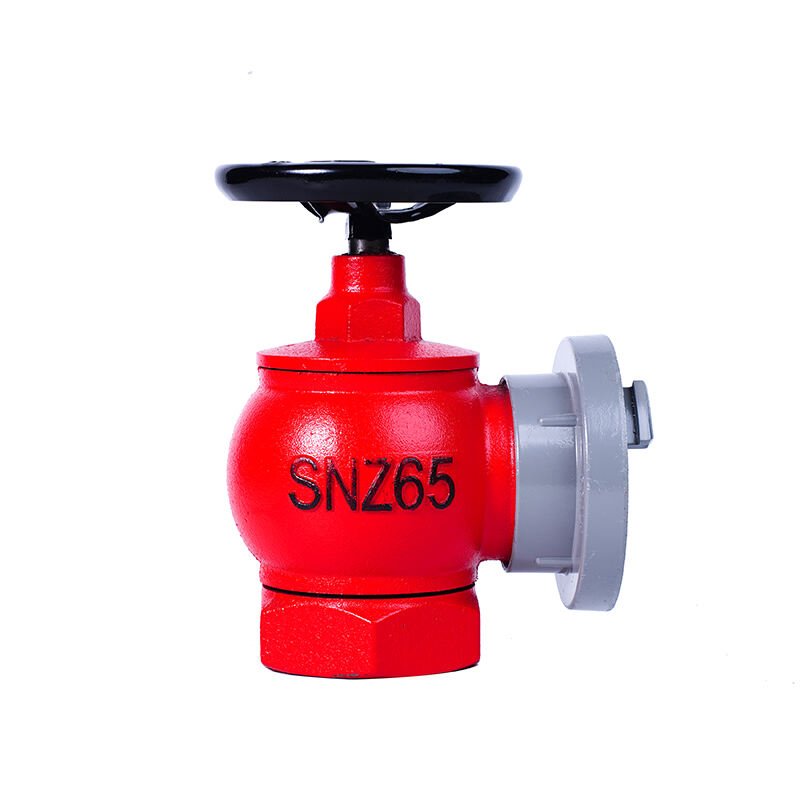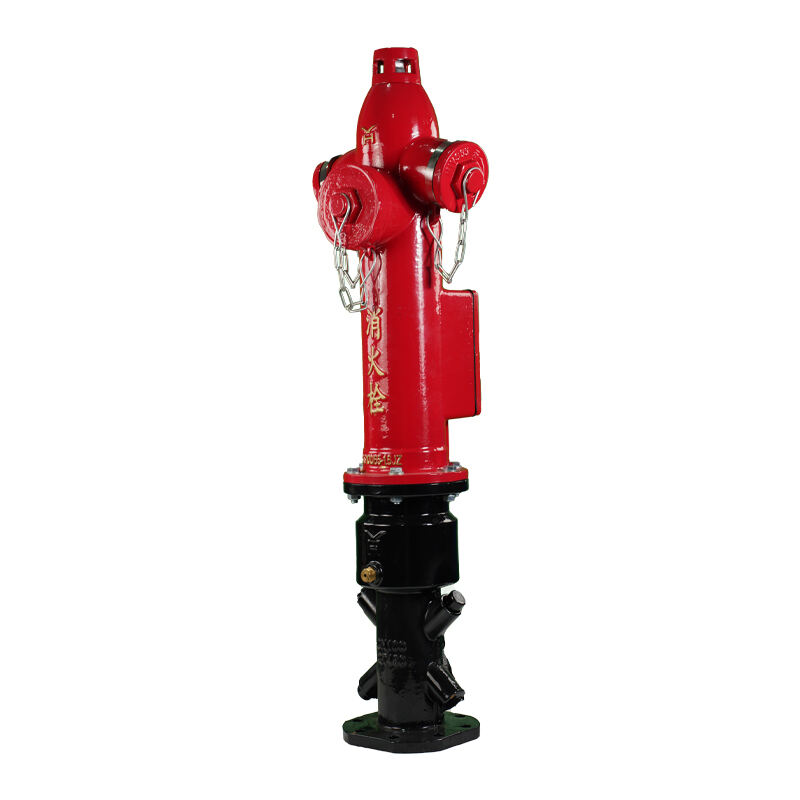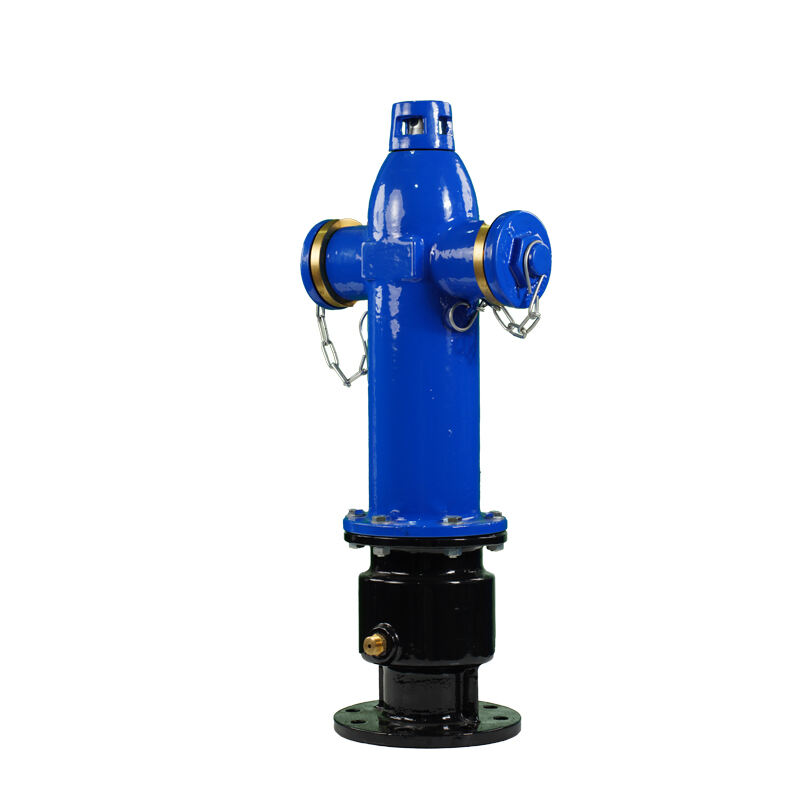fire hydrant with hose
A fire hydrant with hose is a critical piece of firefighting infrastructure that combines the reliability of traditional fire hydrants with the immediate accessibility of an attached fire hose. This integrated system consists of a robust hydrant body connected to the municipal water supply, featuring standardized outlet connections and a pre-connected fire hose assembly. The system typically includes a high-pressure hose rated for firefighting operations, secured valve mechanisms, and quick-release couplings that enable rapid deployment during emergencies. Modern designs incorporate corrosion-resistant materials, weatherproof seals, and ergonomic operating mechanisms that ensure reliable performance under demanding conditions. The hydrant-hose combination provides immediate access to water supply, eliminating the time-consuming process of connecting separate hoses during critical moments. These units are strategically placed in urban areas, industrial facilities, and commercial zones, offering fire protection coverage that meets both local regulations and insurance requirements. The system's design allows for regular maintenance and testing while maintaining operational readiness, with safety features such as tamper-resistant caps and pressure relief valves to prevent unauthorized access and system damage.


